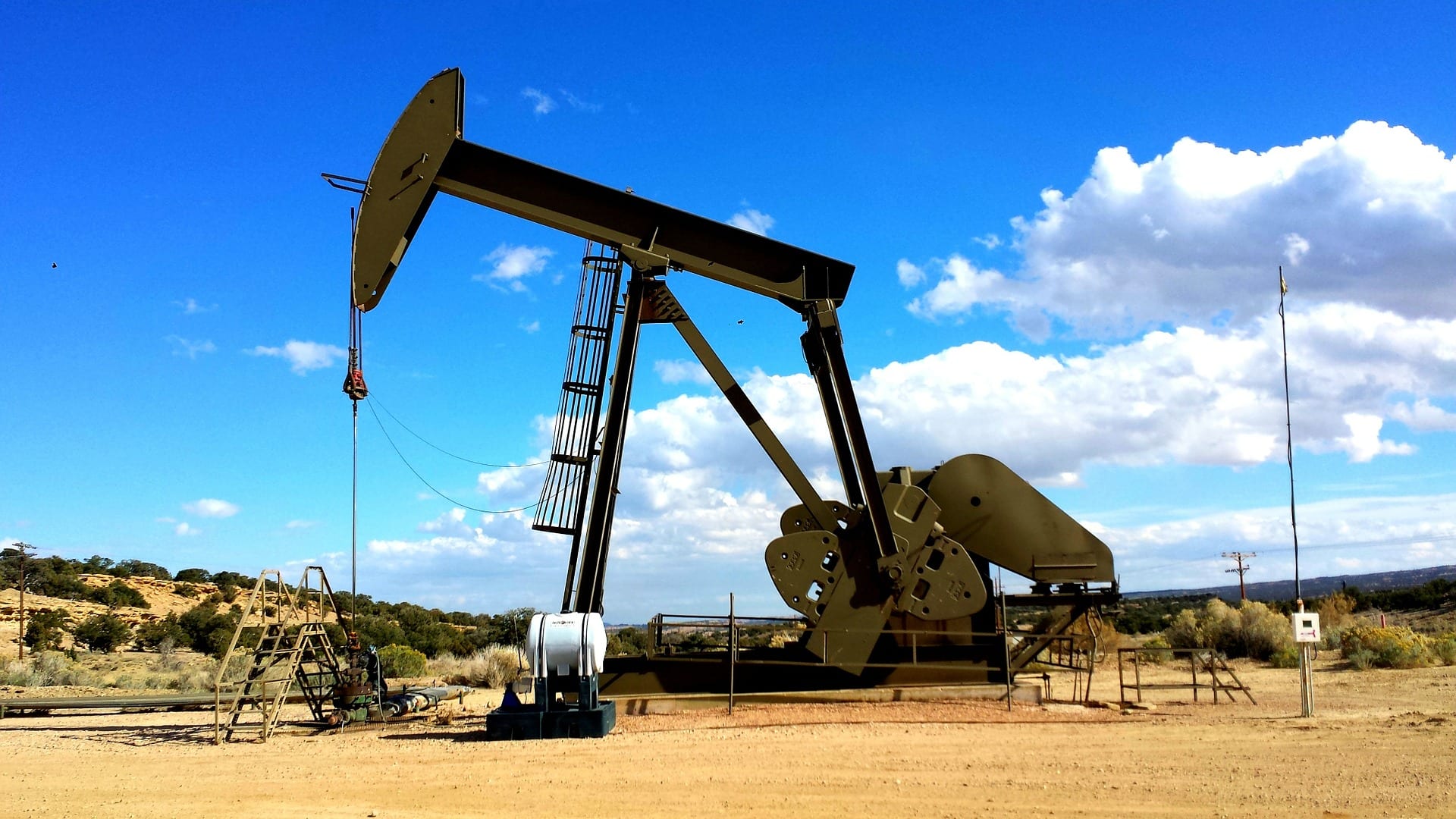
Well testing is essential to any pumping operation. Oil, gas, and other products must not only be tested prior to sale, but also to determine the effectiveness of things like chemical treatment. Mid-West Instrument, a leading local instrument company with customers in the Midwest and worldwide, describes the various tests used in the oil & gas industry.
Potential Test
The potential test is used to find out how much a well can produce in one day. Before running the test, the well is shut in and allowed to build to its maximum pressure. The standard shut-in time is around 24 hours, with the exact time dependent on the behavior of the well. The potential test is most frequently employed for new wells whose production rates and capability need to be ascertained. Moreover, this test is used with worked-over wells to discover what the new production rate could resemble.
Daily Production Test
As the name suggests, the daily production test is employed when well workers in the Midwest need to confirm the normal daily production of a well. The daily test is run on the same day every month, and a record is kept for tracking the daily production amount over a long period of time. Our instrument manufacturer serving Michigan recommends that you normalize the well before conducting a daily production test.
Oil-to-Gas-Ratio Test
Another test whose purpose is in its name, an oil-to-gas-ratio test determines the ratio of oil and gas being produced from a well. This information is useful for a number of reasons – of particular importance is the fact that too high a percentage of gas can lead to a drop in reservoir pressure. This can have a wide impact on the production of any wells drawing from the same reservoir. Like the potential test, an oil-to-gas-ratio test requires the well to be shut in prior to the testing.
Normalizing
Normalizing a well in the Midwest simply confirms that the well is operating and producing in a standard way for that particular well and has done so for at least the last 24 hours. When tests require normalizing, you’re usually measuring how the well is performing on a regular basis.
The hope is that the well is operating at “standard” production rates most or all of the time. However, this does not mean the well can’t be experiencing any reductions in production from faulty equipment, improperly set valves, or another issue. After normalizing, if the production measured isn’t close to the estimated production, there might be a problem somewhere.
Recording Results
Most of the tests run on a well will result in the collection of a large quantity of information, which must then be interpreted and analyzed. The amount of oil, water, and gas will generally be recorded since these figures are among the most helpful to look at. However, in order to properly interpret those numbers, you’ll need to place the well’s production in the context of its method of production.
Put Our Instruments to the Test Today
Accurate testing and competent results-reading can help improve efficiency and provide vital information for effective well measurement. Each test is used for a specific purpose, so understanding how each works and what exactly is being tested is also important – as is using high-quality instruments of the kind that Mid-West Instrument is known for.

